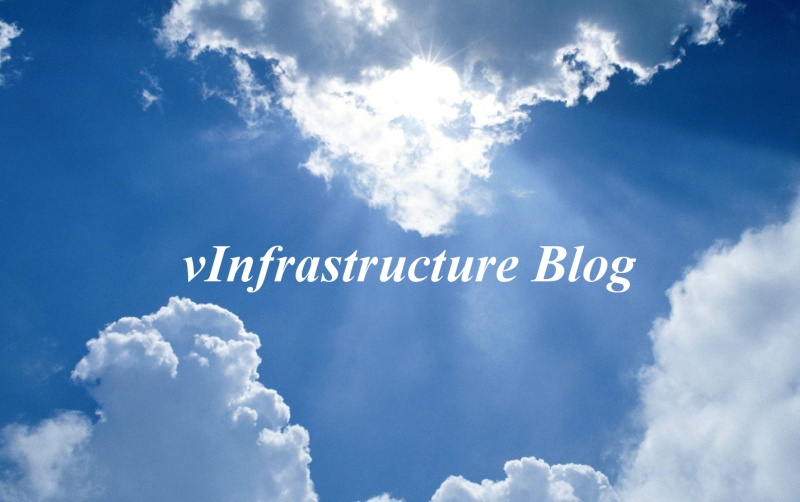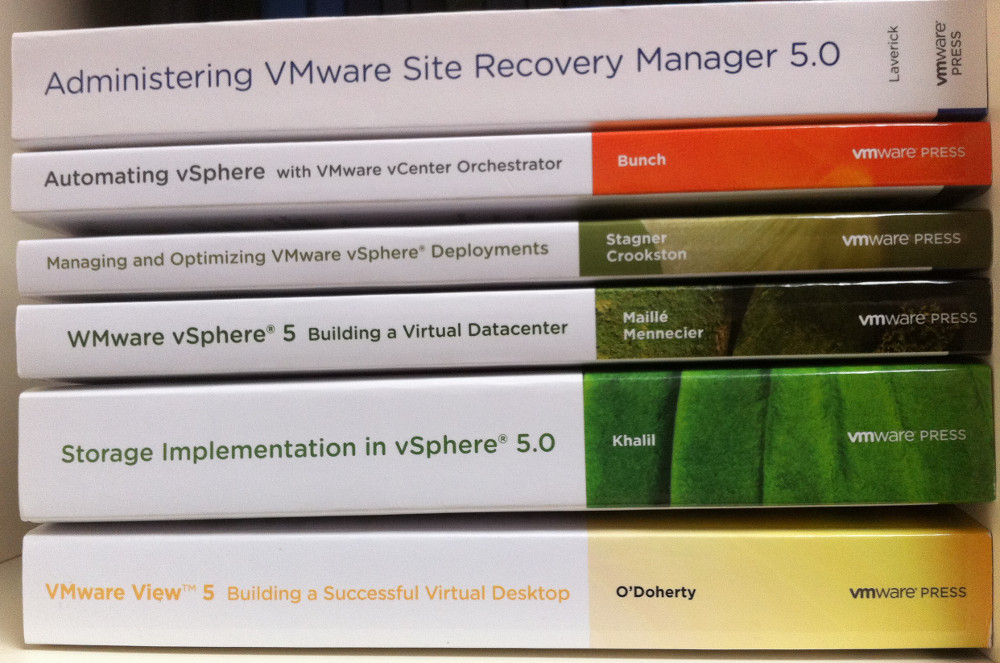Reading Time: 3 minutes After several (beta) builds, available to all the Windows 10 Insider people, Microsoft Windows 10 it’s finally available to all (in 190 countries) and also for the upgrade. Yes because Windows 10 will be available as a free upgrade to people using Windows 7 and Windows 8.1 for qualified devices and OS version (for more information see the Windows10Upgrade page). There are already a lot of information on all the features of this new OS, and several landing pages with presentations and comments. But the best and simple way is just try it: if you […]
Browsing Posts published in July, 2015
Reading Time: 2 minutes One old (and now quite not used anymore) storage concept was about the Frame vs. frame-less architectures. Those terms are from the past decades and where used (especially from Dell-EqualLogic) to identify how storage controllers are dedigned and how they can scale: Frame-based storage contain individual components that scale independently (you can add more cache, network connections, disks, software, etc.) until it’s maxiums and until the product is still supported. Usually you have two storage controllers and one ore more shelves of disks. Frame-less storage is modular where each “module” include it’s own storage processors, […]
Reading Time: 2 minutes Veeam has just announced the Veeam Vanguard program: represents their brand to the highest level in many of the different technology communities. It’s a program around the community of Veeam experts that truly get our message, understand our products and are our closest peers in IT. For several aspects, like the VMware vExpert or Microsoft MVP program, where the communities contribution is one of the main aspect. In this first rounds 31 individuals are chosen for their acumen, engagement and style in their activities on and offline.

Reading Time: 2 minutes Just four years ago this blog has started its life (see the first official post: Blog goes live), initially with a different domain name, but fastly changed with the final one (shorted and probably simpler). In those four years I’ve wrote about all the vSphere 5.x editions (starting with the first 5.0 announce), but not only on vSphere, by covering also other VMware (and non VMware) products. Compared to the previous year (see the related post: Third year of vInfrastructure blog), the blog has grow, expecially in the number of visitors (and recurring visitors) and […]

Reading Time: 3 minutes Dell EqualLogic Virtual Storage Manager (VSM) for VMware is a VMware vCenter plug-ins that allows administrators to manage their EqualLogic groups and coordinate data protection and recovery within their vSphere environment. The Dell VSM is a virtual appliance that is downloaded as part of the all-inclusive Dell EqualLogic software support and can be installed into an existing VMware vCenter environment. The management can be done both within the vSphere Client (for old versions) or the vSphere Web Client (basically VSM management it’s just a web oriented interface). Actually exist two main versions of this product:

Reading Time: 4 minutes LXC (Linux Containers) is an operating-system-level virtualization environment for running multiple isolated Linux systems (containers) on a single Linux control host. Nothing completly new, but is reaching more and more interested also from big vendors (like VMware with cloud native applications or Microsoft with their own container implementation for Windows). CoreOS is a minimal Linux operation system optimized to run Linux containers, such as Docker and rkt. It has a fully automated, reliable, and stable update system but without a complete package manager. By default, it is designed to build powerful and easily manageable server clusters […]
Reading Time: 3 minutes ObjectiveFS implements a secure, cloud abd log structured filesystem on top of object stores, where existing software and tools can run seamlessly in the cloud. ObjectiveFS gives you a hassle-free storage backend, comparable to something great sysadmin teams set up and maintain, but without the setup and maintenance overhead. Initially it was able only to support AWS S3, but now there is also the (beta) support) for Google Cloud Storage and On-premise Object Store with S3-compatible API:


